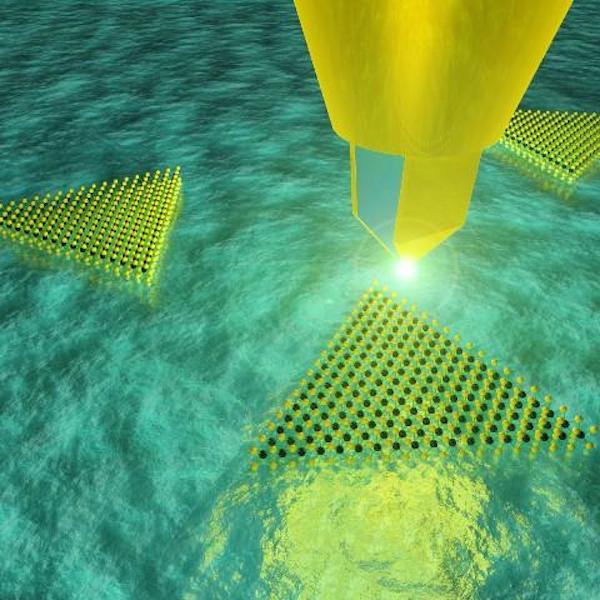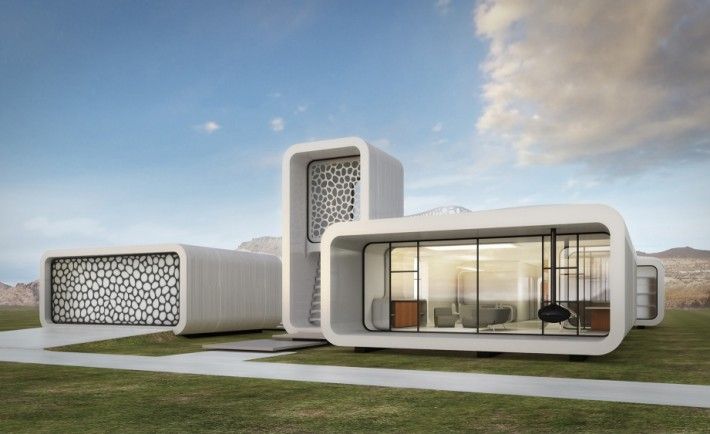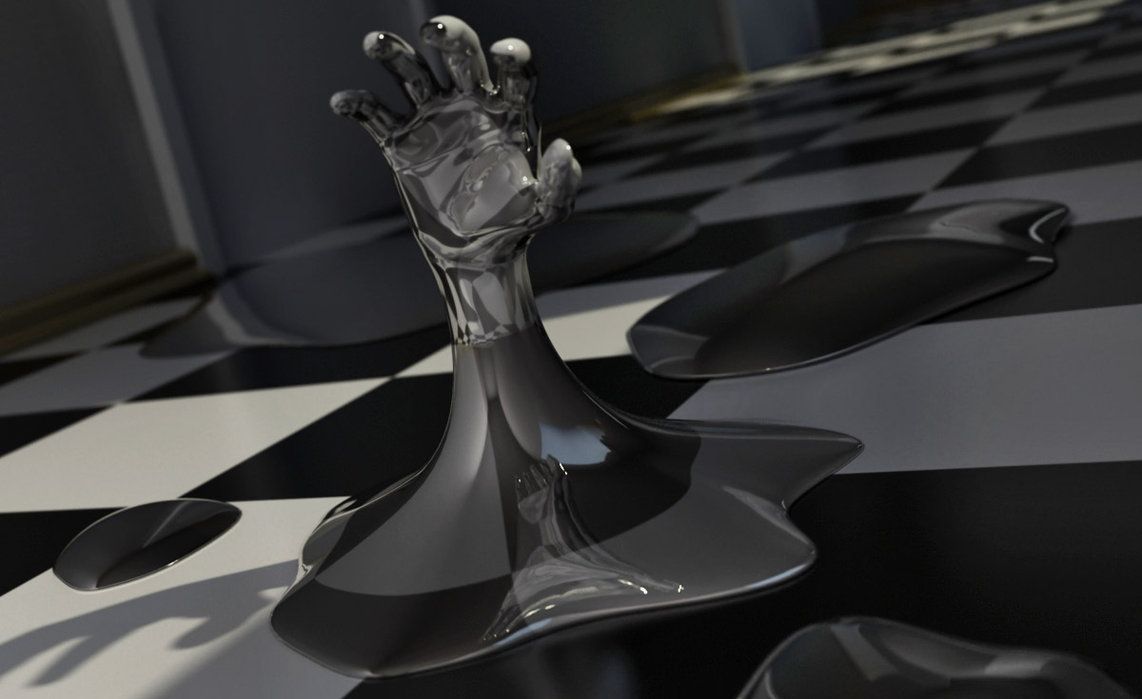Better yet, the fabrication of the graphene took only a few seconds to a few minutes.



Graphene is not the only game in town.
Two new developments show that the race is on to replace silicon as the go-to semiconductor of choice with other 2D materials if not graphene.

“I am excited to introduce the first wave of TechLuxe in a form of a resin handbag with an LCD video screen. The idea is to radically bring technology to fashion, but with creative beauty within a functional beautifully designed bag.”

Scientists have developed a new hydrogel that stretches and contracts just like an artificial muscle. The team created an L-shaped object made out of the hydrogel and immersed it in a water bath. When the water’s temperature was varied, it slowly “walked” forward.
The researchers at the Riken Center for Emergent Matter Science in Japan got the hydrogel to move by tweaking its properties. Polymers like hydrogels carry large amounts of water within their structure which gives them the capacity to respond to variations in environmental factors such as acidity, voltage and temperature. Typically, this response time is quite slow, as the hydrogel must excrete or absorb water to correspondingly shrink or expand.
The Japanese scientists altered the new hydrogel to enable it to contract only in one dimension while expanding in another. Since the hydrogel doesn’t contract equally in every direction, it’s able to alter its shape without absorbing or excreting any water. To test the hydrogel’s properties, the team created an L-shaped polymer and changed the temperature repeatedly to observe its response.

Fast-growing Dubai, where something new is always being added to the skyline, may have found a way to make construction move even faster.
In a bid to become a global hub of innovation, Dubai announced plans to build an office that will be “the most advanced 3-D printed structure ever built at this scale” and the first to be put into actual use.

“Instead of treating Amsterdam as complete and starting again elsewhere, the IJburg plan has managed to find more space in a city that thought it had no more left.”
“The story of technology is in fact the story of textiles. From the most ancient times to the present, so too is the story of economic development and global trade. The origins of chemistry lie in the colouring and finishing of cloth. The textile business funded the Italian Renaissance and the Mughal Empire; it left us double-entry bookkeeping and letters of credit, Michelangelo’s David and the Taj Mahal. As much as spices or gold, the quest for fabrics and dyestuffs drew sailors across strange seas. In ways both subtle and obvious, textiles made our world.” Read more
Small gadgets such as smart watches can be frustrating to use because their tiny buttons and touch screens are tricky to operate. Google has two possible solutions for the fat finger problem: control your gadgets by subtly rubbing your finger and thumb together, or by swiping a grid of conductive yarn woven into your clothing.
The first of those two ideas works thanks to a tiny radar sensor that could be integrated into, say, a smart watch and can detect fine motions of your hands from a distance and even through clothing. Levi Strauss announced today that it is working with Google to integrate fabric touch panels into its clothing designs. The new projects were announced at Google’s annual developer conference in San Francisco Friday by Ivan Poupyrev, a technical program lead in Google’s Advanced Technology and Projects research group.


by Michelle Starr — C/netThere are some concepts from sci-fi that really should never, ever see the light of day. The T-1000 — the murderous robot made of shifting liquid metal — is arguably one of them, but that doesn’t mean it doesn’t exhibit some interesting ideas, even if they do seem impossible.
Seem, of course, being the operative word — because researchers in China have just created the world’s first liquid metal robot that can both change shape and power itself.
“The soft machine looks rather intelligent and [can] deform itself according to the space it voyages in, just like [the] Terminator does from the science-fiction film,” Jing Liu from Tsinghua University in Beijing, China, told New Scientist. “These unusual behaviours perfectly resemble the living organisms in nature.” Read more